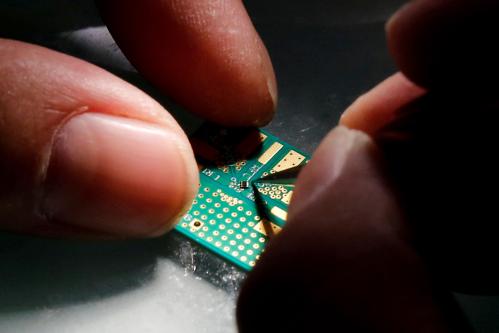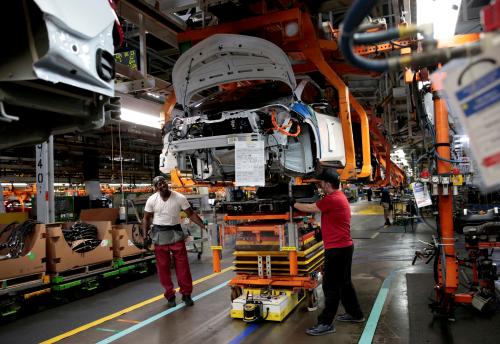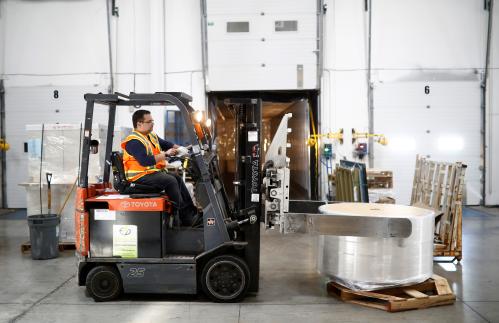Abstract
This paper explores the causes of the transpacific trade imbalances using an empirical global model. It also evaluates the impact of various policies to reduce these imbalances. We find the fundamental cause of trade imbalance since 1997 is changes in saving investment gaps, attributed to the surge of the U.S fiscal deficits and the decline of East Asia’s private investment after the 1997 financial crisis. Our simulation results show that a revaluation of East Asia’s exchange rates by 10 percent (effectively a shift in monetary policy) cannot resolve the imbalances. We find East Asia’s concerted efforts to stimulate aggregate demand can have significant impacts on trade balances globally, but the impact on the US trade balance is not large. US fiscal contraction is estimated to have large impacts on the US trade position overall and on the bilateral trade balances with East Asian economies. These results suggest that in order to improve the transpacific imbalance, macroeconomic adjustment will need to be made on both sides of the Pacific.




